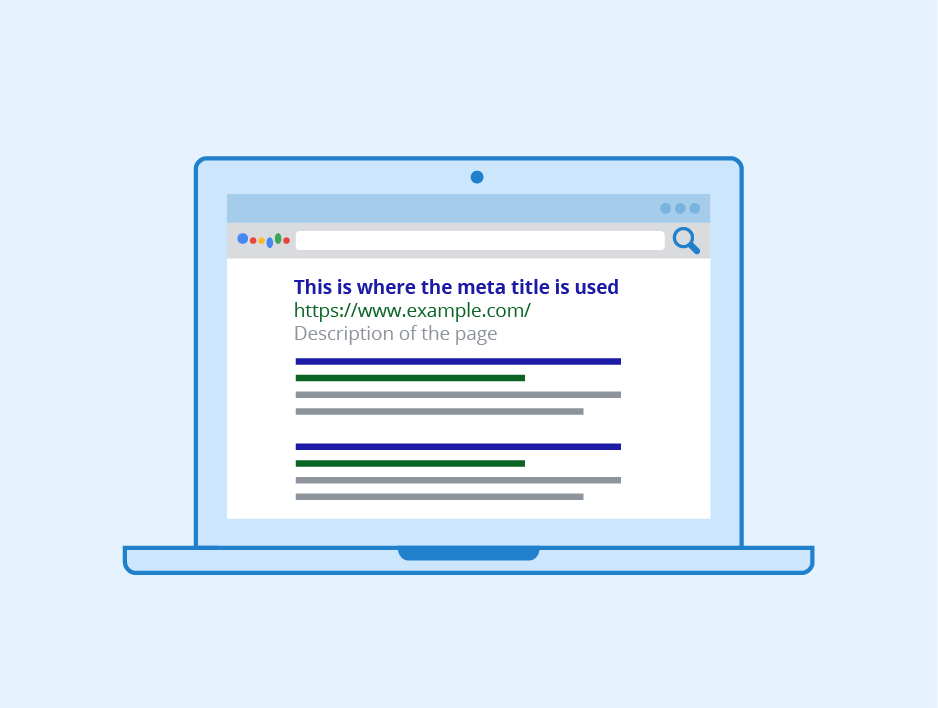How to Make SEO Friendly Website: SEO is a powerful tool for building an organic brand, establishing identity, credibility, and increasing awareness. One of the first steps in achieving your business goals is creating a website that is optimized for search engines. By making your website SEO-friendly, you can significantly improve your chances of ranking higher in search results and reaching a larger audience. Here’s a comprehensive checklist to guide you on how to create an SEO-friendly website.

5 Key Steps on How to Make SEO Friendly Website

1. Use Relevant Keywords

Keywords provide search engines with a clear understanding of your website’s content. If your keywords are relevant to the topic you’re covering, search engines can match your content to the search queries to align them with those of the web users or potential customers. When you incorporate the right keywords in your content, your website rank increases, making it easy for it to reach more users and thus leading to improved user experience and higher conversion rates.
2. Insuring Mobile Friendliness

Mobile friendliness is now a crucial aspect of SEO. This means that your website should be responsive and adapt to different screen resolutions, buttons, links, and other interactive elements can be easily tapped, overall your functionality should be such that the users don’t have any problem while using your platform. Search engines often prioritise websites that are optimised for mobile devices in their search results.
3. Optimised Title Tags and Meta Description

Title Tags and Meta Descriptions are crucial elements of a website’s SEO strategy. Title tags are often the first thing a user sees when searching for information. Meta descriptions, on the other hand, appear below the title tag and provide a brief summary of your page’s content. The quality of the title tags and meta description help users decide if your site is relevant to their search inquiry.
4. Incorporating Clean URL Structures

Clean URLs are web addresses that are human-readable and search engine-friendly. They are typically constructed using an easy language and keywords, rather than cryptic parameters. Clean URLs are easier to understand, remember and contribute to a more professional and polished brand image. By adopting clean URLs, you can improve the overall user experience of your website, boost your search engine rankings, and strengthen your brand identity.
5. Optimising Images

Images are an integral part of a website, enhancing its visual appeal and user experience. However, they can also significantly impact your website’s SEO if they are not optimised correctly. Make sure that you choose apt image formats, with the images having relevant file names. Also keep in mind to compress images without sacrificing quality to reduce file size and improve page load speed.
6. Add Internal Links

Internal links are essential for SEO because they help search engines understand the structure of your website and improve user navigation. For example, if you’re writing a blog post about “How to Improve Your SEO,” you could include internal links to relevant articles like “Keyword Research Tips” or “On-Page SEO Best Practices.”
Conclusion
SEO is a long-term investment with significant rewards. While implementing good SEO strategies might take time, the benefits in terms of an organically increased website traffic and visibility are well worth it. To ensure your SEO strategy is effective, it’s crucial to regularly conduct comprehensive SEO audits. These audits help identify areas for improvement and optimise your website’s performance. By consistently monitoring and refining your SEO efforts, you can maximise your online presence and achieve your business goals.
Ready to watch your business flourish? Infiniqe Marketing’s SEO magic can make it happen. Their tailored strategies will boost your online visibility, attract more customers and contribute towards the organic growth of your business and vision.
